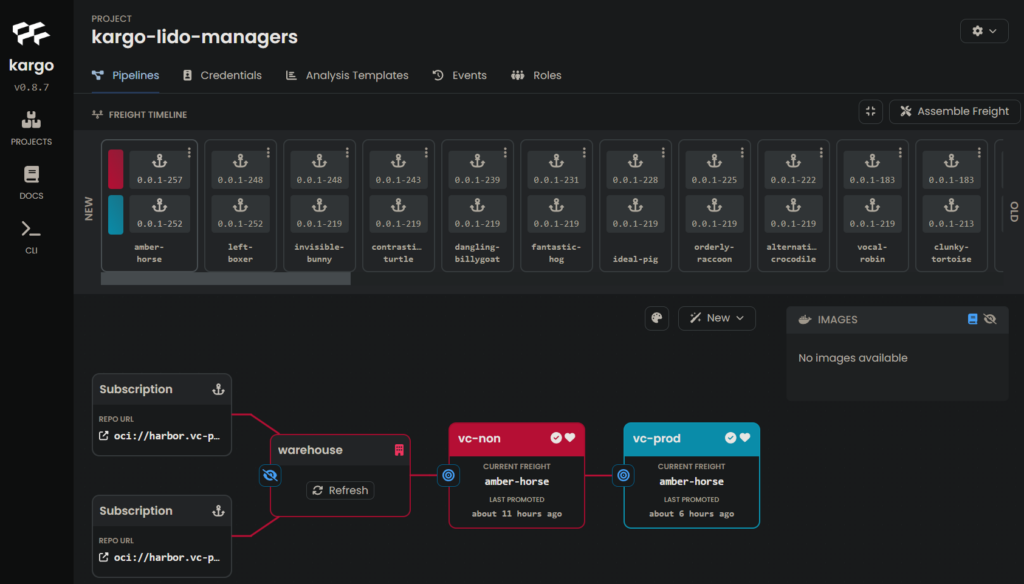To think that making kubernetes available and giving your developers access will result in apps deployed to kubernetes, might be something that you need to rethink.
When folks are thinking about introducing kubernetes into the environment, instead of asking, “should we go with a cloud provider” or “onprem”, instead think about who it is that will be deploying things into the kubernetes environment. Will developers build containers which will be deployed into the environment? If so, will they deploy those containers into kubernetes or will another team do so on their behalf?
It is best if developers have awareness of kubernetes, if that’s the environment being used; similar to if you always deploy to windows but now you are going to be deploying to linux it would be good for the developers to have some awareness of linux.
Kubernetes tends to be a dream environment for developers to deploy to, they’ll love it, they will easily be able to perform deployment things themselves & create automation around deployments, infrastructure as code and gitops will become a modern reality, but they need to get up to speed with kubernetes for awhile before they will start to see how great it is. In the meantime they may hesitate, instead choosing to use tools they are already familiar with.
A good class will help to onboard folks to kubernetes, but a bad class might make employees want to run away. (a good intro class is the CKAD class on udemy by Mumshad Mannambeth, with a new email it should be < $30)
Kubernetes is not difficult, in the same way that writing code is not difficult, but it is a skill set. You wouldn’t hire someone without programming experience and just expect them to pick it up on the fly would you?
Careful that you don’t end up in the situation where your kubernetes administrators are the only folks who know how to deploy to kubernetes.


